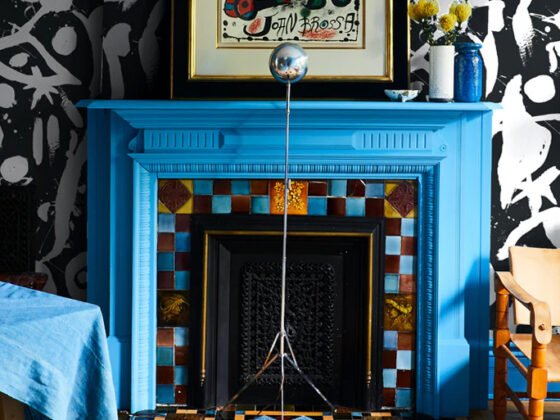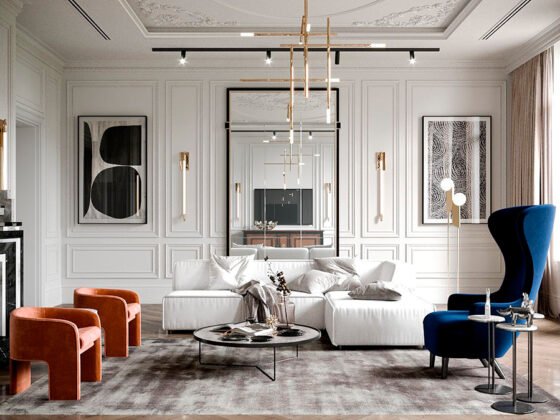Scandinavian interior design, often referred to as “Scandi style,” has captivated the world with its emphasis on simplicity, functionality, and an unwavering commitment to coziness. Rooted in the distinctive aesthetic of Northern Europe, this design approach is celebrated for its ability to transform spaces into warm, inviting, and effortlessly chic environments.
Origins of Scandinavian Interior Design
Scandinavian interior design originates from the five Nordic countries: Sweden, Norway, Denmark, Finland, and Iceland. This design style emerged in the early 20th century, gaining prominence in the mid-20th century as a reaction to the elaborate and ornate designs of the time. Influenced by the harsh Nordic climate and the philosophy of “hygge” (a Danish word signifying coziness), Scandinavian design champions simplicity, minimalism, and functionality. It is the marriage of these elements that creates a serene and welcoming atmosphere.
Key Elements of Scandinavian Interior Design
- Neutral Color Palette: The Scandinavian design palette is anchored in light and neutral colors, predominantly white and shades of gray. These hues create an airy and serene backdrop, allowing other design elements to shine.
- Natural Light: Maximizing natural light is essential in Scandinavian design. Large windows, sheer curtains, and the use of reflective surfaces help flood spaces with daylight, making rooms feel spacious and inviting.
- Clean Lines and Minimalism: Scandinavian interiors are marked by clean, uncluttered lines and minimalistic furniture. Functionality is paramount, with a preference for pieces that serve a purpose while retaining an elegant, uncomplicated aesthetic.
- Wooden Elements: Wood is a cornerstone of Scandinavian design. It is used for flooring, furniture, and even wall paneling. The warmth of natural wood creates a striking contrast with the cool, neutral color palette, adding a touch of nature to the interior. Whether your preference leans toward modern or vintage furniture, the presence of wooden pieces plays a pivotal role in setting the authentic Nordic design tone. Natural wood elements is what truly distinguishes Scandinavian design from mere modern design.
- Cozy Textiles: To counterbalance the minimalistic elements, soft and inviting textiles are essential. A space influenced by Nordic design wouldn’t be the same without textiles. The power of a few well-chosen accessories in a relatively minimalist environment is truly remarkable when it comes to creating a warm and cozy ambiance. Be it a throw blanket, a couple of plush throw pillows on the sofa, or perhaps layering rugs, such as placing one rug over another, these additions play a significant role in infusing warmth into a space. Pieces that carry the handmade essence, or at least convey the appearance of being handmade, align seamlessly with the distinctive Scandinavian style.
- Functional Furniture: Scandinavian design favors multifunctional furniture, where storage solutions often serve as stylish design elements. Pieces like the iconic “Egg Chair” and “Wishbone Chair” are celebrated for their form and function.
- Greenery: Bringing the outdoors in is a common theme. Houseplants and potted greenery not only introduce natural elements but also purify the air, enhancing the overall well-being of the space.
- Decluttered Spaces: Clutter is the antithesis of Scandinavian design. Spaces are thoughtfully organised, with items carefully curated to maintain a serene atmosphere.

Scandinavian interior design embodies the art of creating comfortable, elegant, and uncluttered living spaces. With its focus on minimalism, functionality, and the celebration of natural elements, it’s a design style that has endured the test of time.

Whether you’re looking to infuse your entire home with Scandinavian charm or add subtle Nordic touches to your decor, this design approach is a timeless source of inspiration for creating cozy, inviting, and visually appealing interiors.










